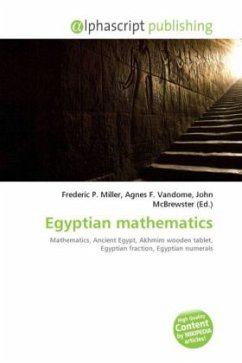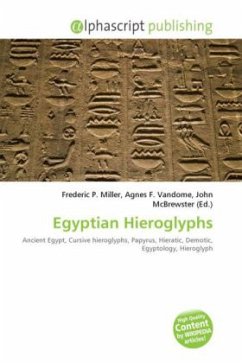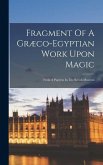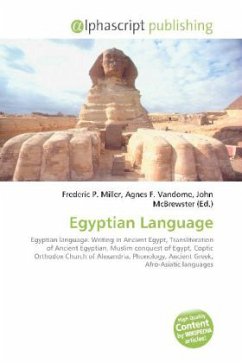High Quality Content by WIKIPEDIA articles! The Egyptian Mathematical Leather Roll (also referred to as EMLR) was a 10" x 17" leather roll purchased by Alexander Henry Rhind in 1858. It was sent to the British Museum in 1864, along with the Rhind Mathematical Papyrus but the former was not chemically softened and unrolled until 1927 (Scott, Hall 1927). The writing consists of Middle Kingdom hieratic characters written right to left. There are 26 rational numbers listed. Each rational number is followed by its equivalent Egyptian fraction series. There were ten Eye of Horus numbers: 1/2, 1/4 (twice), 1/8 (thrice), 1/16 (twice), 1/32, 1/64 converted to Egyptian fractions. There were seven other even rational numbers converted to Egyptian fractions: 1/6 (twice but wrong once), 1/10, 1/12, 1/14, 1/20 and 1/30. Finally, there were nine odd rational numbers converted to Egyptian fractions: 2/3, 1/3 (twice), 1/5, 1/7, 1/9, 1/11, 1/13 and 1/15, training patterns for scribal students to learn the RMP 2/n table method. The British Museum examiners found no introduction or description to how or why the equivalent unit fraction series were computed (Gillings 1981: 456-457).
Bitte wählen Sie Ihr Anliegen aus.
Rechnungen
Retourenschein anfordern
Bestellstatus
Storno








